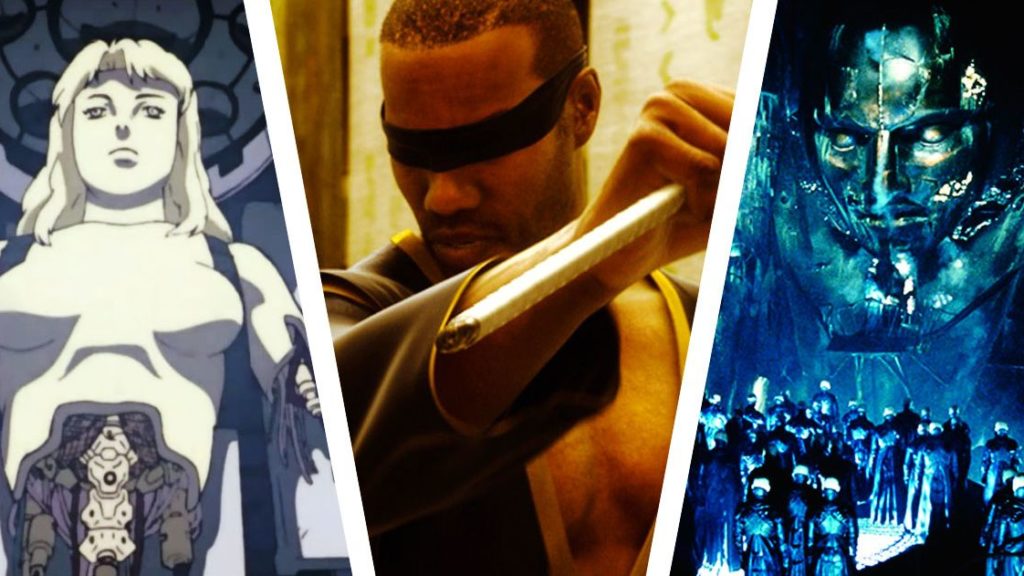That’s a compliment, not a demerit, and several films later, with Lana Wachowski’s The Matrix Resurrections now out in the world, fans have spent hours upon hours with a fictional reality that packages anime aesthetics, Hong Kong cinema’s wire fu action, and cyberpunk’s high-tech lens on low culture into kick-ass stories about rebellion against authority and self-actualization.
This curated queue is for anyone eager to spend more time in similar plugged-in worlds, whether they’ve just seen Resurrections or have yet to watch any Matrix film at all.
If you liked The Matrix and want to dip your toes into action anime, there’s no better crash course than The Animatrix — an anthology of short films made by respected anime directors.
Frame by frame, the influences are there, from how the action is choreographed to visual homages, like how shots of Neo waking up and Trinity leaping into a lit-up cityscape mirror scenes of the anime.
Though it was originally planned as a TV series, plans were scrapped when sponsors pull out, leading Ishiguro to release the completed episodes as an 80-minute standalone segment that followed the story of a motorcycle-riding rebel hero Shogo Yahagi.
Alongside Akira and Ghost in the Shell, director Yoshiaki Kawajiri’s film Ninja Scroll wove its way into the ’90s anime cult fandom in the United States, so much so that not only were the Wachowskis influenced by it — they invited him to direct sequences of The Animatrix.
Instead we get Lain, a junior high-schooler who falls deep, deep into the dark recesses of the internet, known in the show as “the Wired.” Without spoiling too much, Lain’s existentialist character arc and isolation echo much of Neo’s, a vibe accentuated by the show’s ’90s alt-rock soundtrack and trippy, almost psychedelic take on cyberpunk imagery.
Roger Ebert loved it, praising its imagination and calling it “a film to nourish us” in his original four-star review and writing about its view of human nature seven years later, after the first two Matrix sequels had run their course.
Bruce Lee, more than perhaps any other single individual except maybe Jackie Chan, made Eastern martial arts cool as hell in the United States in the latter half of the 20th century, and this film is one of his defining roles.
Its dialogue is campy, its production design is garish, and its CGI looks absurd by any modern standard, but it’s also charming to watch knowing what the Wachowskis and Reeves would do with another movie about technology in just a few short years.
